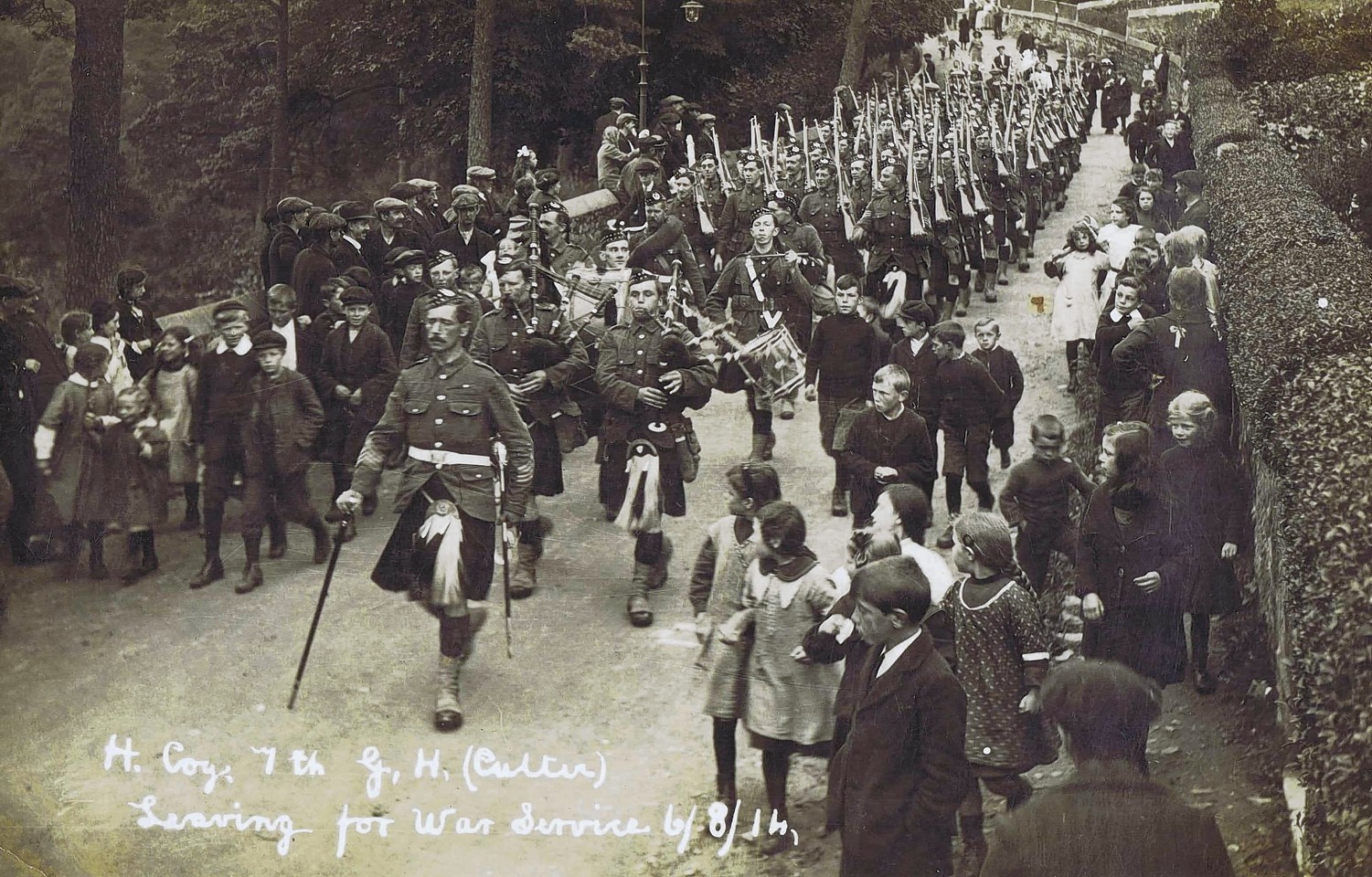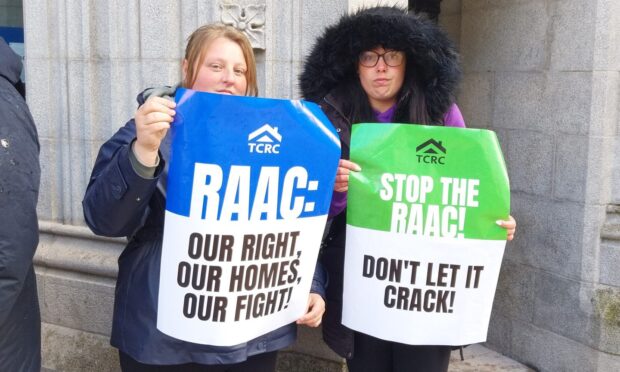The Gordon Highlanders regiment was formed in July 1881 and consisted of mainly people from the north-east.
The regiment was based at the Gordon Barracks in the city, which became home to the Gorgon Highlanders Museum in 1997.
They fought in several wars including the second Boer War before taking part in both world wars.
During WWI, the regiment raised 21 battalion and fought mostly on the Western Front, although the 2nd Gordons went to Italy as part of a joint British and French force in 1917.
They gained 65 battle honours, but lost 1,000 officers and 28,000 men.
The regiment fought in France in 1940 for WWII, as well as seeing action in Italy and Sicily, and further afield in Africa and Malaya.
They gained 27 battle honours during WWII.
After the world wars ended, the regiment was involved in action in Northern Ireland and south east Asia.
They merged with The Queen’s Own Highlanders (Seaforth and Cameron) in September 1994, and the new regiment formed was named The Highlanders (Seaforth, Gordons and Camerons).
The Highlanders merged with Scotland’s other remaining military regiments in 2006 to form The Royal Regiment of Scotland.










